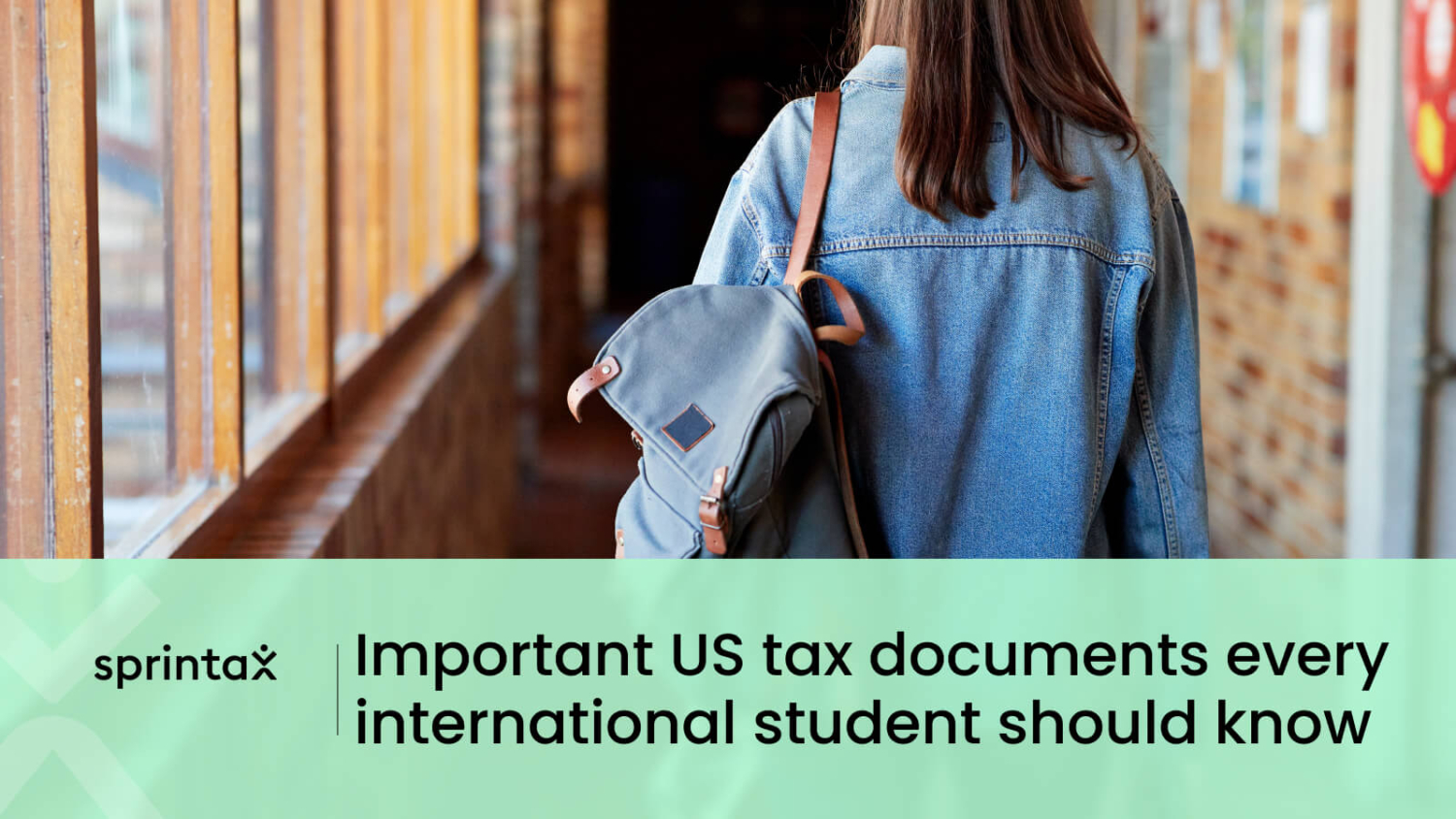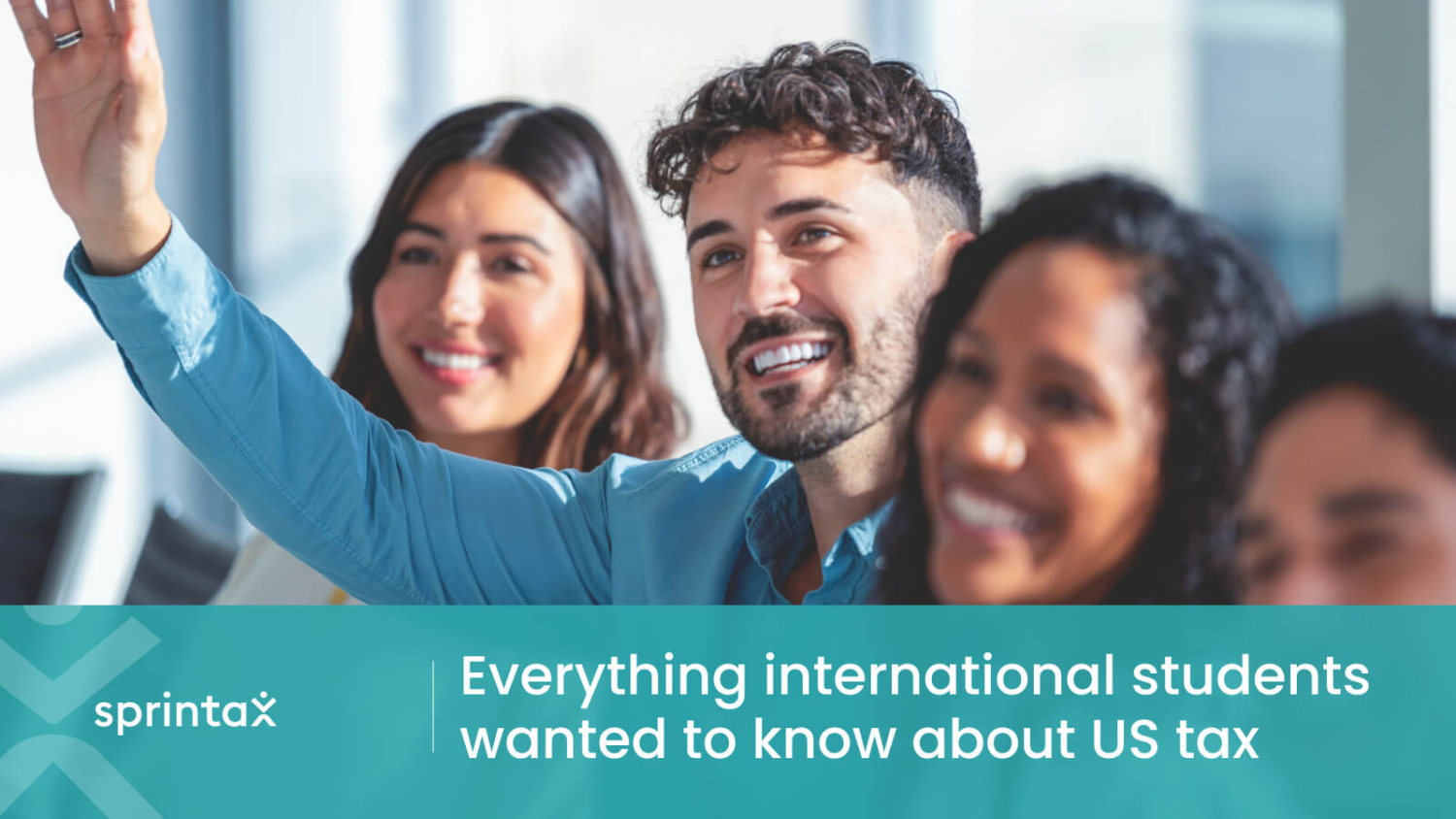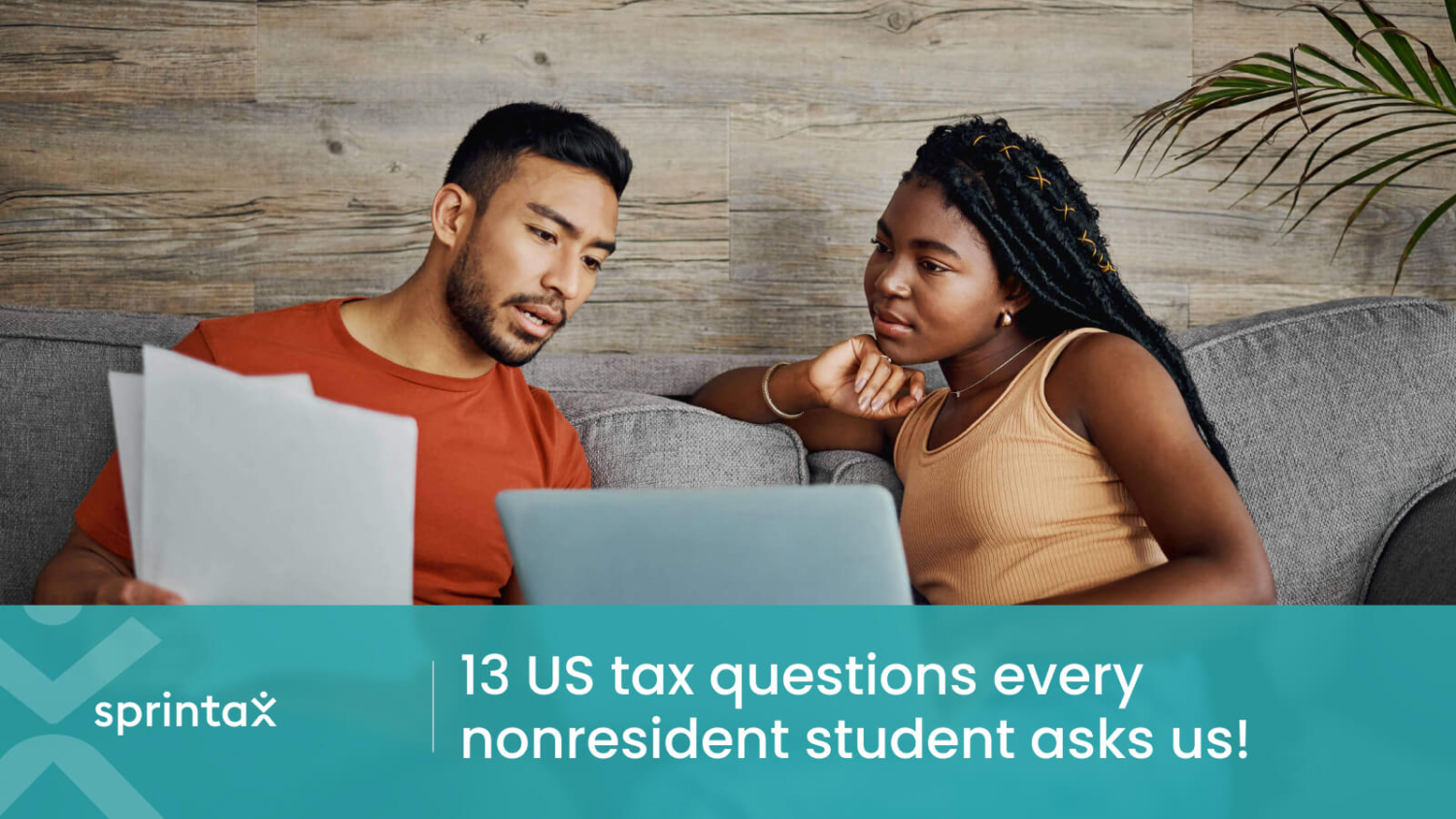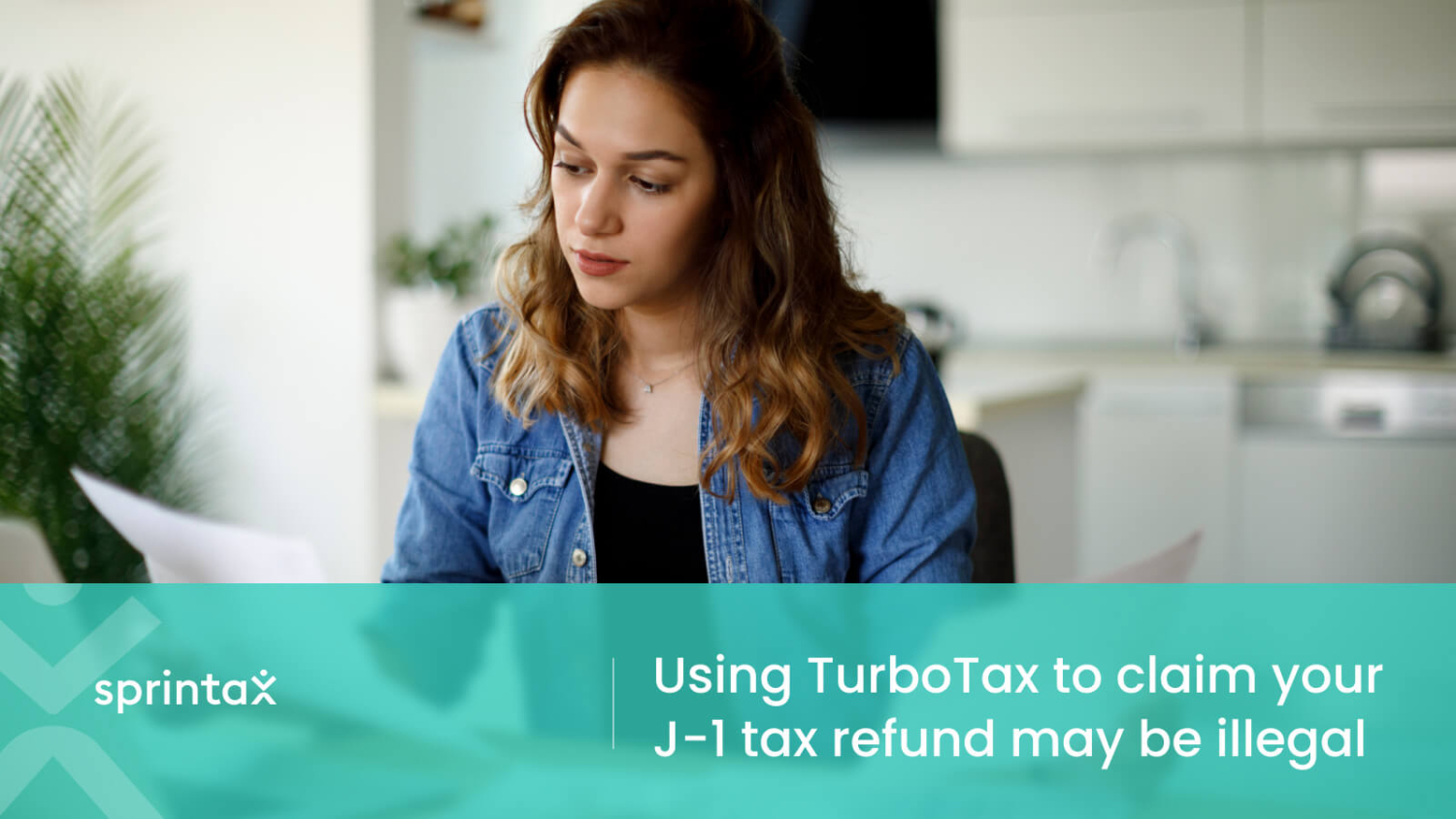Keep your tax records when Tax season is over. Here’s why
(Last updated: 17 Apr 2024)
Here are the tax records you need to keep and how long you should keep them
When tax season ends it can feel like a big weight has been lifted off your shoulders – an opportunity to exhale and relax (until it all starts again next year that is!) But before you expel all tax topics completely from your mind, there is one final task you must complete.
Continue reading “Keep your tax records when Tax season is over. Here’s why” »















